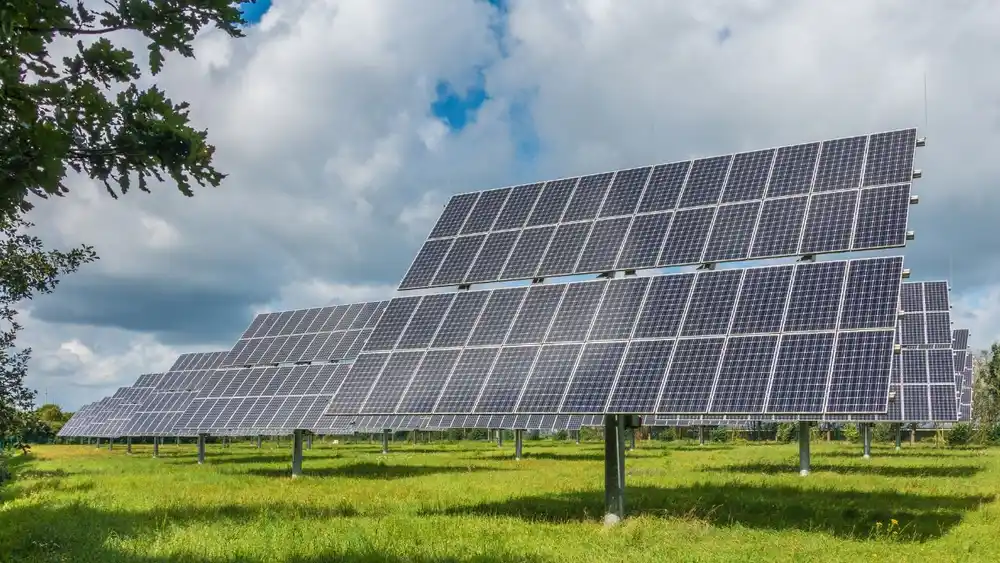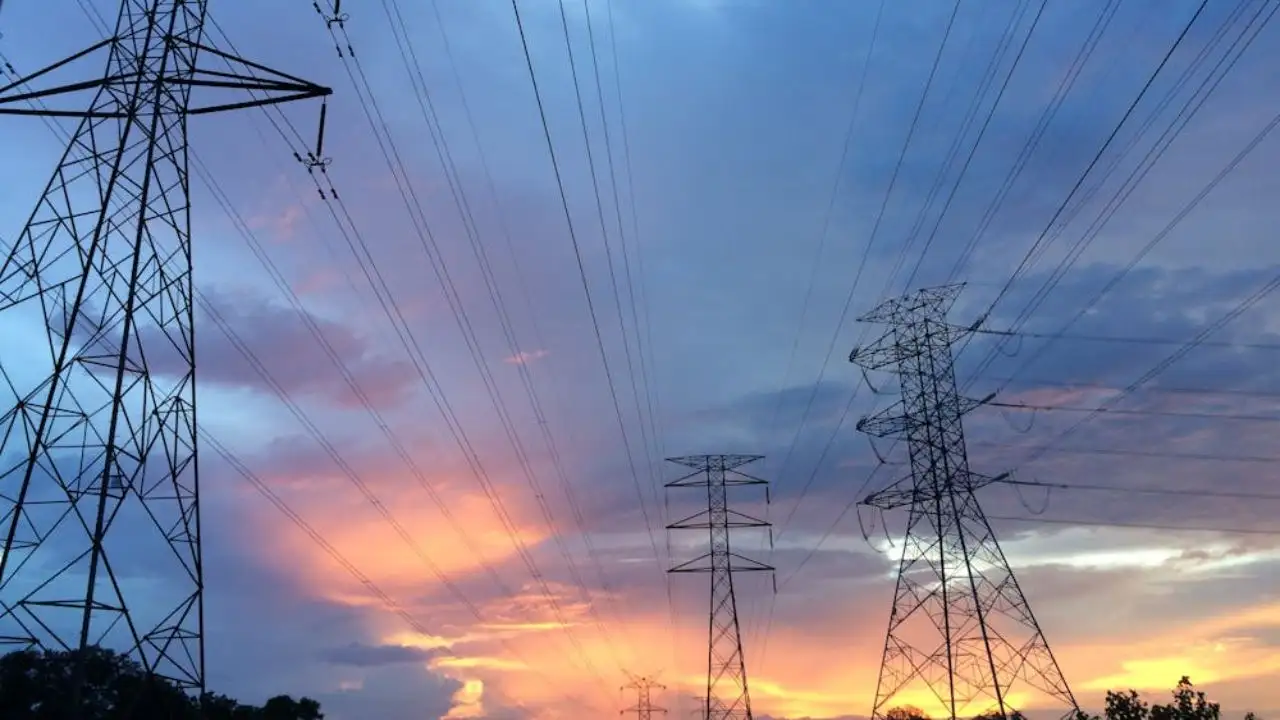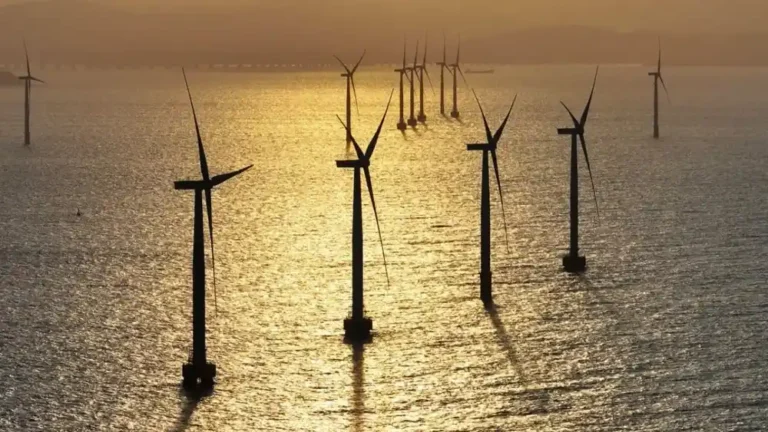
- The U.S. ports will invest $3B in zero-emission technology using hydrogen and battery-electric solutions.
- The Clean Ports Program funds 55 projects in 27 states through the EPA.
- Hydrogen technology is a means for decarbonizing trucking, reducing diesel emissions at port areas.
- Major grants are targeted at high pollution areas such as the Port of Baltimore to improve the air quality.
The Biden-Harris Administration is committing nearly $3 billion toward modernizing U.S. ports with zero-emission technology, part of a sweeping effort to curb carbon emissions and boost sustainable job creation. This initiative includes significant investments in hydrogen-powered vehicles and infrastructure, promising both environmental and economic benefits for communities nationwide.
Also read: Moment Energy to Build EV Battery Reuse Gigafactory in Texas
As part of the Clean Ports Program under the Inflation Reduction Act, the Environmental Protection Agency has selected 55 projects across 27 states to receive nearly $3 billion in funding. This historic program aims to reduce diesel emissions and overall pollution at American ports, critical nodes in the country’s economy often located near densely populated areas.
Funding will be provided for projects such as hydrogen-fueled trucks and refueling stations, which are expected to reduce emissions from heavy trucking that is crucial to port operations.
President Joe Biden recently highlighted in Baltimore how this funding fits into his administration’s Investing in America agenda, which aims to strengthen national infrastructure while directly addressing the climate crisis.
Hydrogen and battery-electric technologies will replace older, more emissions-intensive equipment, ushering in cleaner air and more efficient port logistics. It will help decarbonize one of the most impactful sources of emissions in port cities: trucking and cargo handling, making these hubs greener and more resilient.
Hydrogen technology will play a major role in achieving these ambitious environmental goals. Electric batteries, for example, have to be charged for long hours; hydrogen-powered cars can be filled up quickly, with a long mileage, an ideal condition for the 24/7 running of heavy-duty trucks in and around the port facilities.
Also read: Recurrent Energy Launches 100MW Solar PV Project in Texas
The most recent $62 million grant by the Department of Energy is also another clear sign that the administration is ready to develop the hydrogen technology, which will put the U.S. on its way to clean energy leadership.
This plan will see the appearance of hydrogen-fueled trucks, cargo equipment, and refueling stations within port operations. The use of this technology in ports will not only lead to the reduction of emissions but also potentially lower long-term operational costs, supporting economic growth along with environmental objectives.
This green investment is also expected to bring lasting economic and health benefits. The zero-emission technologies will eliminate more than 3 million metric tons of carbon pollution—the equivalent to powering nearly 400,000 homes annually. In addition, projects are expected to create unionized, well-paying jobs that further both economic and social goals.
For instance, the Port of Baltimore will be allocated $147 million in order to replace its old equipment with electric and hydrogen-based ones, which will reduce the pollution in that region, which has a history of great emissions, and improve jobs.
This program, of course, also speaks much about the dedicated government. Besides solely technological progress, it symbolizes environmental justice. Ports, as buildings, are very exceptional and normally located near disenfranchised communities in areas where clean air seems scarce. Reducing contaminants would translate to cleaning around the port areas and improving the quality of air close to the residences, residential areas of the residents, and living areas.
Also read: New Jersey Approves Solar Panels on Farmland in Pilot Program
This greater clean-energy context puts hydrogen technology into a larger context as an opportunity and necessity in the process of energy transformation and as a key response to the decarbonization of sectors not easy to alter to clean sources, such as heavy transportation.
Through this investment, U.S. ports are expected to transition to a greener, smarter, and more equitable approach by considering the needs of portside communities. The effort by the Biden-Harris administration on zero-emission—particularly on hydrogen—remains an expression of cleaner transportation and an economically viable future for the environment as well.






